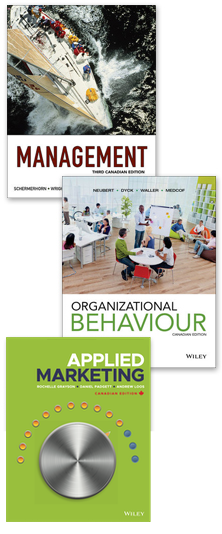China, like many Asian countries, has been known as a source of cheap labor. The newest generation of Chinese workers differ from their parents in that, while they are still willing to work for wages much lower than the average American, they are more aware of what constitutes fair working conditions. Increasingly, the Chinese government, which controls many businesses and the one official labor union, is having to deal with issues related to working conditions.
QUESTIONS:
1. Given what you know about the pool of available workers, do you believe it is easier or more difficult to attract a quality workforce in China than it is in the United States? State your reasons.
2. While the laws governing business in China create a different climate for human resource management, Chinese workers are really not much different from American workers in terms of what they want from their jobs. What are the demands identified in the article? How do these compare to the keys for maintaining a quality workforce listed in your text?
3. Discuss the differences between labor representation in the United States, where the government maintains an independent posture when it comes to business and unions, and China, where the government controls businesses and the union. Which system is most effective?
SOURCE: K. Chu & M. Yun, “Wages, Conditions Improve as Workers in China Form Unions,” USA Today (Retrievable online at http://www.usatoday.com/money/world/2010-11-19-Chinalabor_cv_N.htm)

